The ASUS ROG STRIX GTX 1080 Advanced Gaming ‘A8G' Aura is coloured in a dark black throughout which creates a seamless style.
At 29.8cm in length and 13.4cm wide, this is a sizeable beast. I am, however, glad to report that ASUS sticks to the dual-slot form factor which is far more convenient for motherboard spacing when using additional expansion cards (or SLI).
Triple 92mm Wing-Blade fans are used on the DirectCU III cooler to force air through an aluminium fin array. According to ASUS, the patented fans are designed to provide ‘105% more air pressure'.
Marketing claims aside, the cambered aerofoil structure on the blades' outer edge will indeed increase the pressure of air interacting with it.
The fans also have an 0dB operating mode which allows them to remain stationary under light load. This is not only good for noise reduction but it also helps to reduce the amount of dust forced into the card's heatsink if the fans are only spinning a fraction of the time.
An eye-catching backplate covers the entirety of the card's rear surface leaving barely any PCB in sight. ASUS cuts the ROG logo into the backplate and houses LEDs inside of this cut-out to create a cool glowing effect.
Power is delivered by one 8-pin and one 6-pin PCIe connectors. This means that ASUS has added a 6-pin connector in addition to the reference model's 8-pin in order to increase the card's potential power delivery.
The power connectors are recessed into the heatsink which makes them hard to access but connecting cables is an infrequent job for anybody other than a hardware reviewer.
Two SLI fingers are found in their usual location. Note that the card's additional width over a reference board means that it will be incompatible with a narrower reference card for SLI. This is because of the requirement for a rigid, not flexible, SLI bridge in order to achieve maximum SLI performance. If you want SLI, you'll need another STRIX card.
ASUS swaps out one of the reference model's Displayport 1.4 connectors to provide an additional HDMI 2.0 port. This is good for users who have a VR headset that they want to use while also driving a HDMI monitor or TV. But it isn't ideal for those people who want to drive a trio of Displayport monitors (especially seeing as Displayport can be adapted to HDMI 2.0).
The Displayport and HDMI ports are 4K60 compatible (and 8K for the Displayport when such screens launch). Dual-link DVI-D is provided and can drive resolutions such as 2560×1440, but not at ultra high refresh rates. No analogue VGA signal is carried by the DVI port, so anybody using an ancient monitor should look to upgrade.
Removing the DC3 cooler shows that ASUS has redesigned the PCB for the STRIX model. This is important if you are sourcing after-market cooling hardware as the board layout is different to that of a Founder's Edition or reference card.
Five copper heatpipes direct heat away from the GPU to the large aluminium fin array. The larger diameter heatpipes are positioned centrally to make direct contact with the GPU. But the narrower outer pair of heatpipes barely touch the GPU core and will be forced to receive thermal energy radially from the central heatpipes.
This is far from an ideal design for a heatsink nor is it particularly efficient use of five heatpipes. Our thermal performance will reveal whether the system performs adequately or not. Also worth noting is the attention paid to memory chip and VRM cooling which is always good to see (and expected on a card of this price and calibre).
The 8+2 power delivery system uses Super Alloy Power II components which, translated into real-world speak, means that lifespan and quality should be high for the electrical components. The card is also produced using ASUS' Auto-Extreme automated process which should help to reduce the likelihood of manufacturing errors and helps to change the soldering process to deliver a (arguably) higher quality card.
Two 4-pin fan headers allow the GPU to provide a pair of control channels to chassis fans. I like this idea because the GPU is highly likely to be the hottest-running and most power-hungry component in many gaming systems. So having the GPU temperatures control the fan speeds, rather than that of a CPU or motherboard, makes a lot of sense.
Being AURA compatible, a good degree of flexibility is provided with the RGB LED lighting and the activity modes.
You can see more about the AURA lighting possibilities when we examined another STRIX GTX 1080 model HERE.
Compared to the GTX 1080 Founder's Edition, ASUS' ROG STRIX A8G card is both longer and wider. It is easy to see which card should have the better cooling capacity per unit of noise simply by looking at the heatsink size, number of fans, and the fan diameters.
The FE's backplate styling is different and may be more to one's preference than that of the ASUS card (I personally prefer the FE backplate design).
ASUS does, however, have a largely black styling in its favour which may appeal to some buyers more than the GTX 1080 FE's silver shroud and green logo.
 KitGuru KitGuru.net – Tech News | Hardware News | Hardware Reviews | IOS | Mobile | Gaming | Graphics Cards
KitGuru KitGuru.net – Tech News | Hardware News | Hardware Reviews | IOS | Mobile | Gaming | Graphics Cards


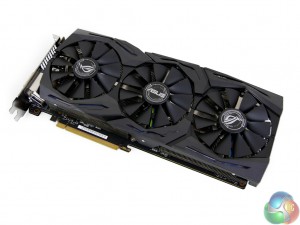
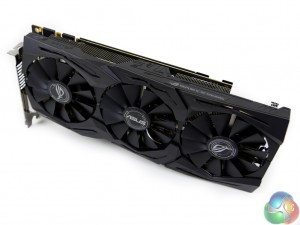
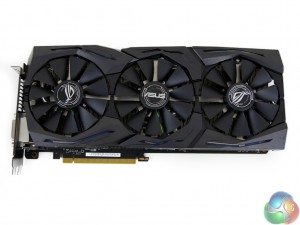
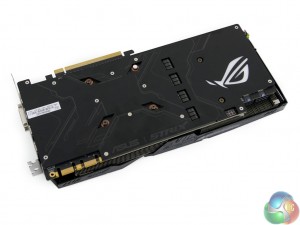
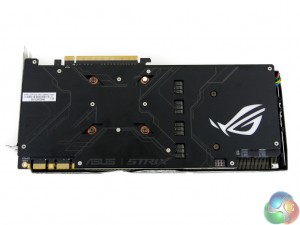
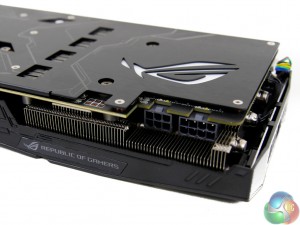
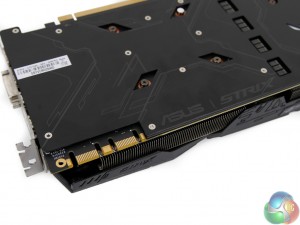
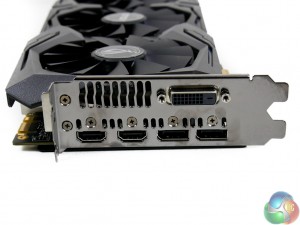
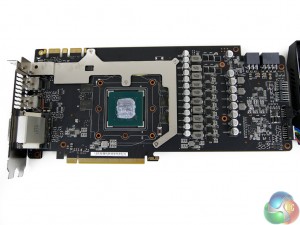
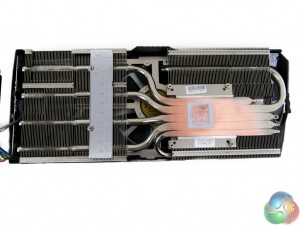
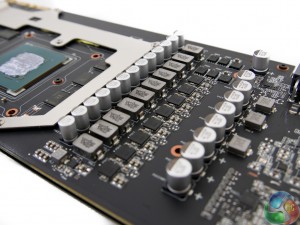
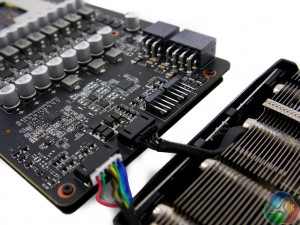
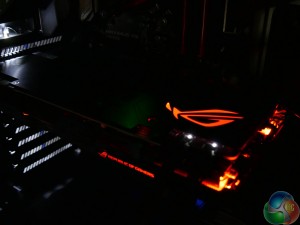
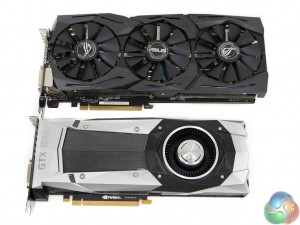
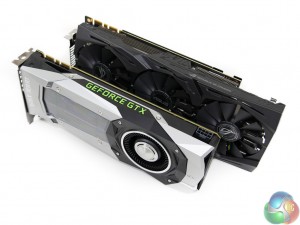
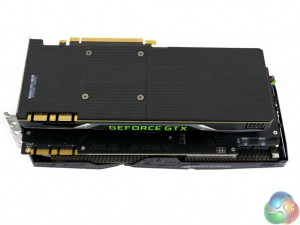
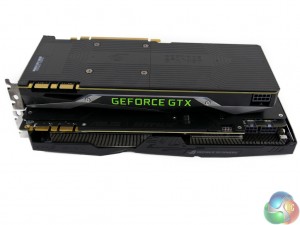

One year have passed since I left my old work and I never felt this good… I started working from comfort of my house, for a company I found online, few hours each day, and my income now is much bigger then it was on my office job… My check for last month was for Nine thousand dollars… Superb thing about this work is that now i have more time with my kids… CHILP.IT/13548ef